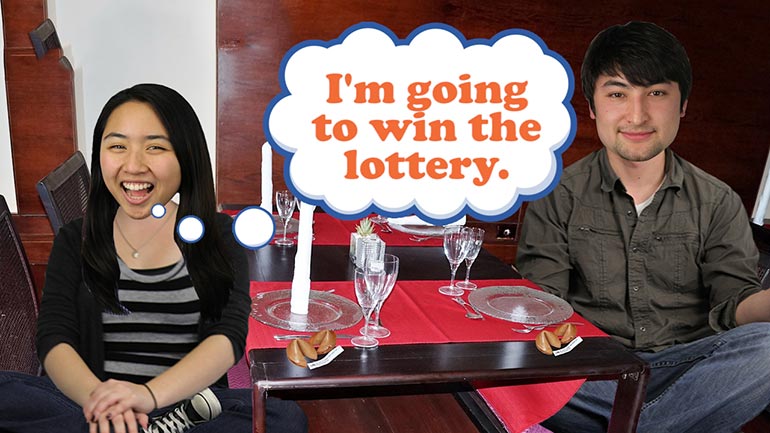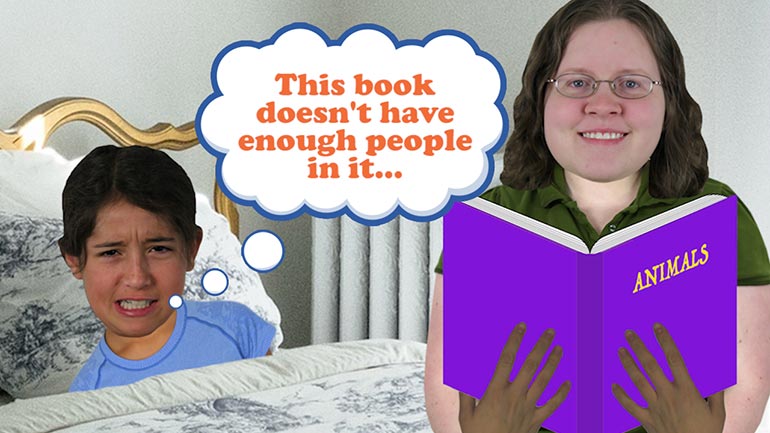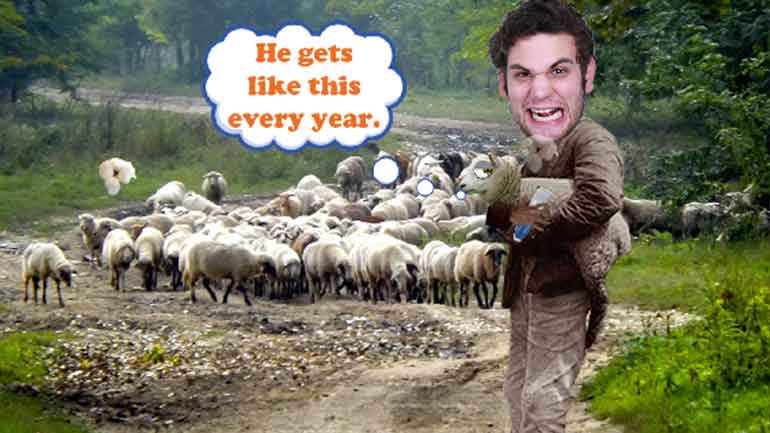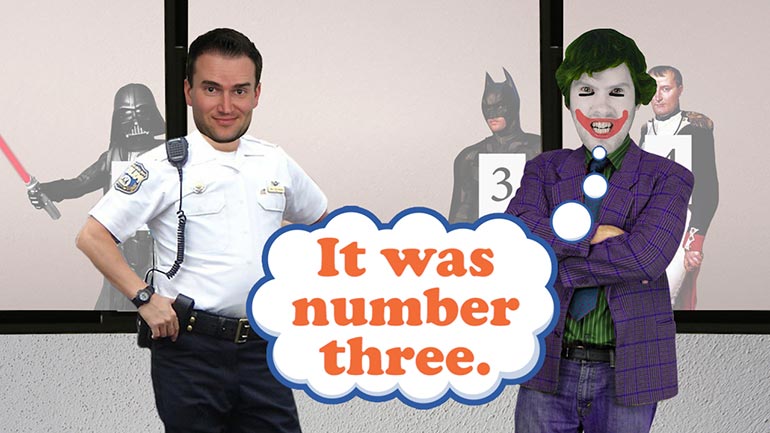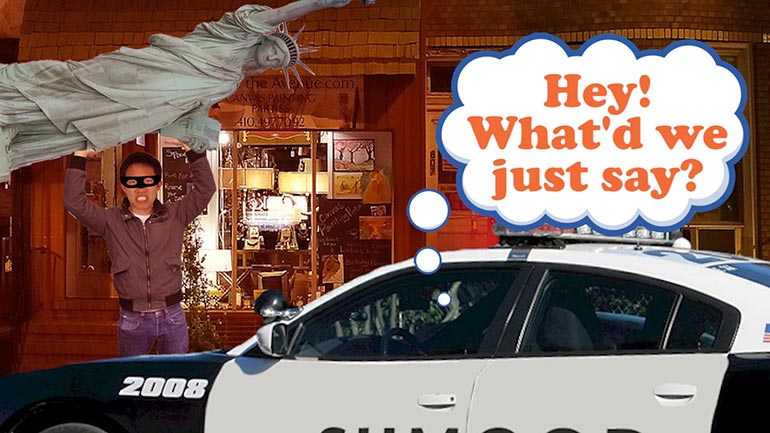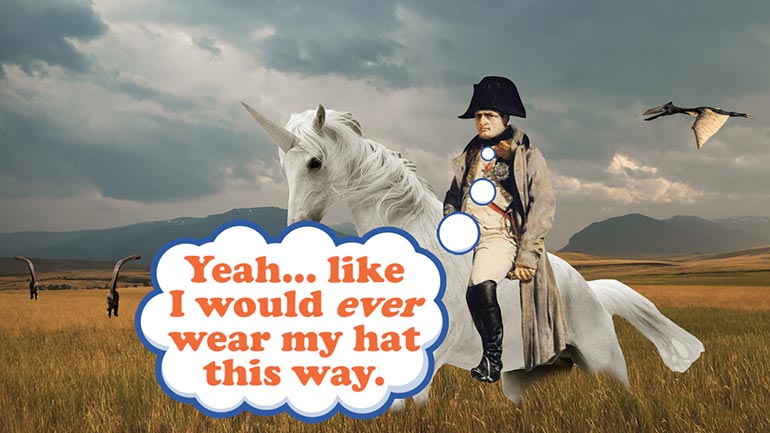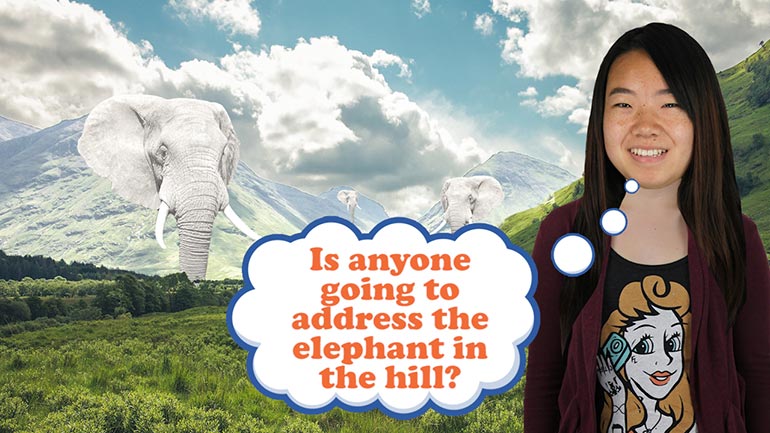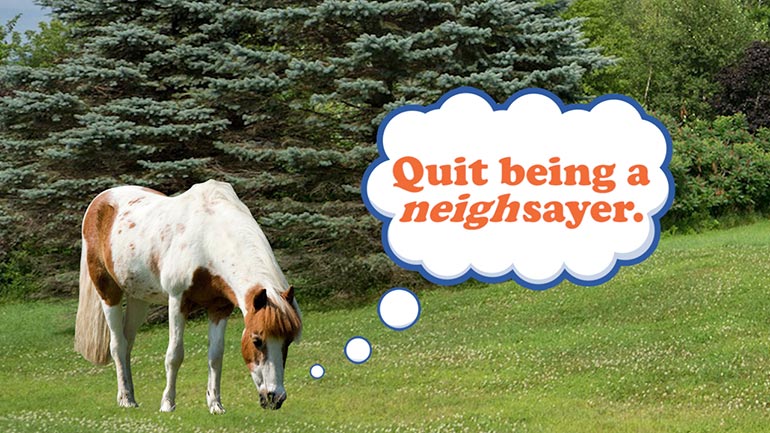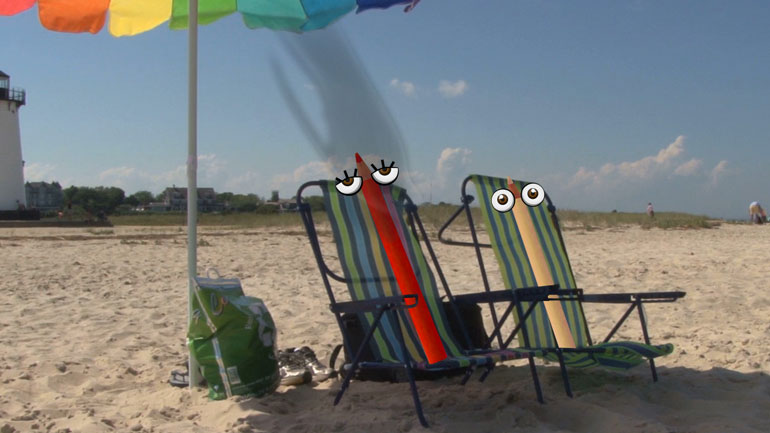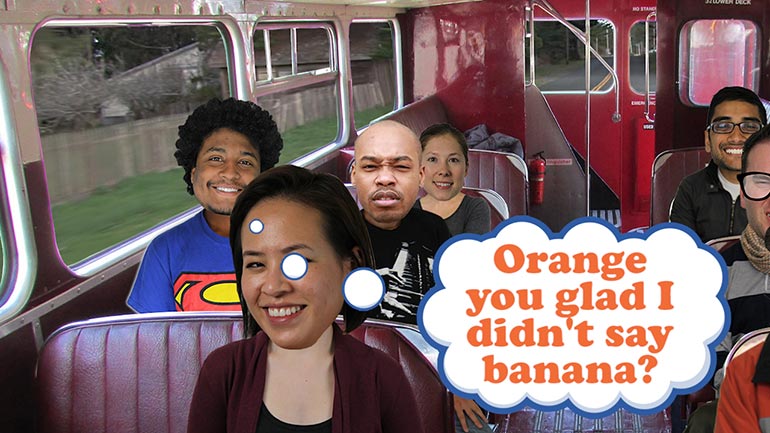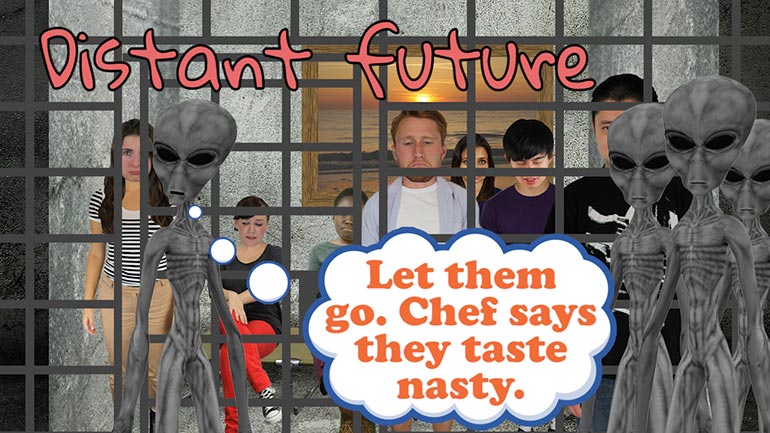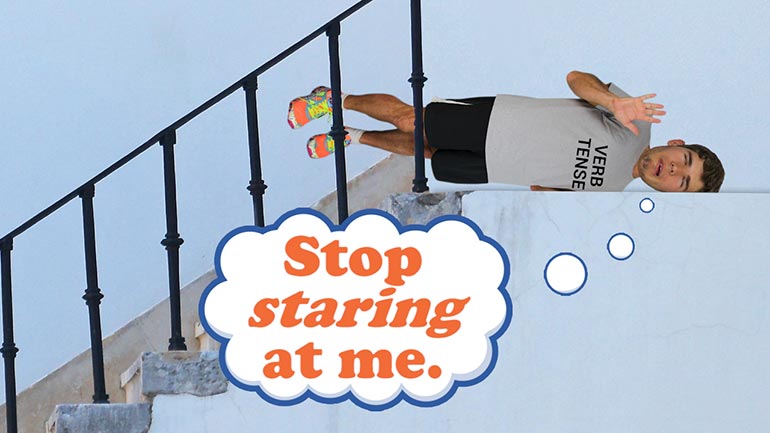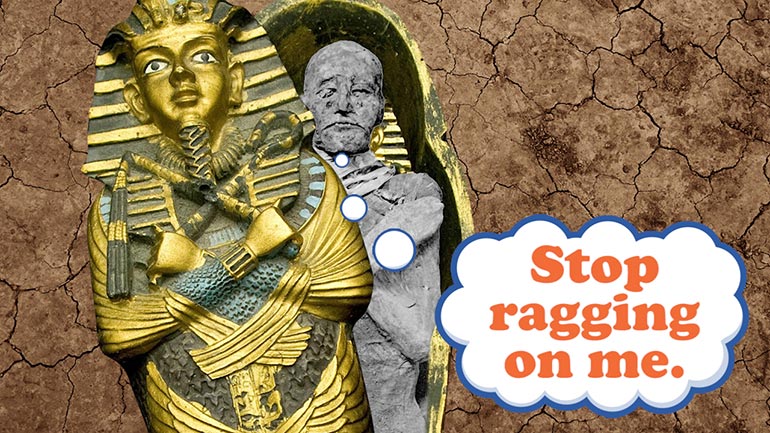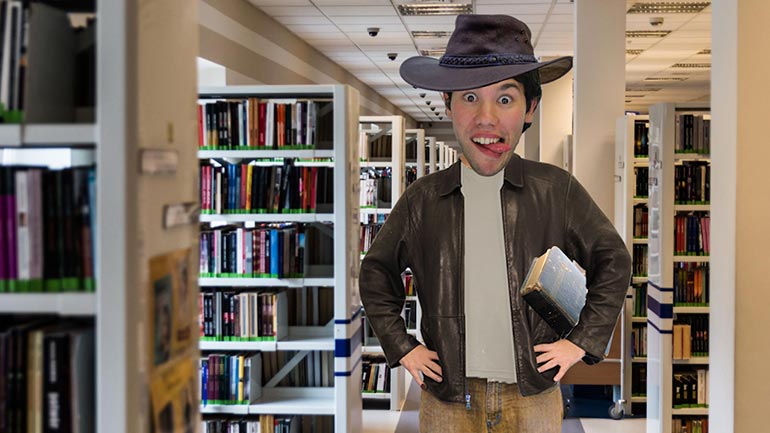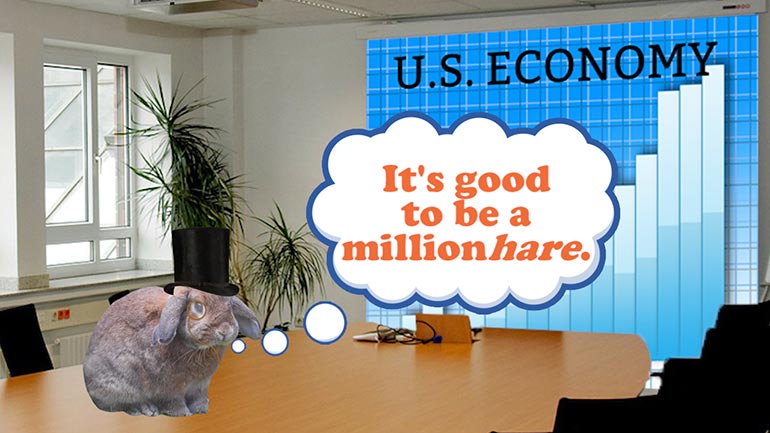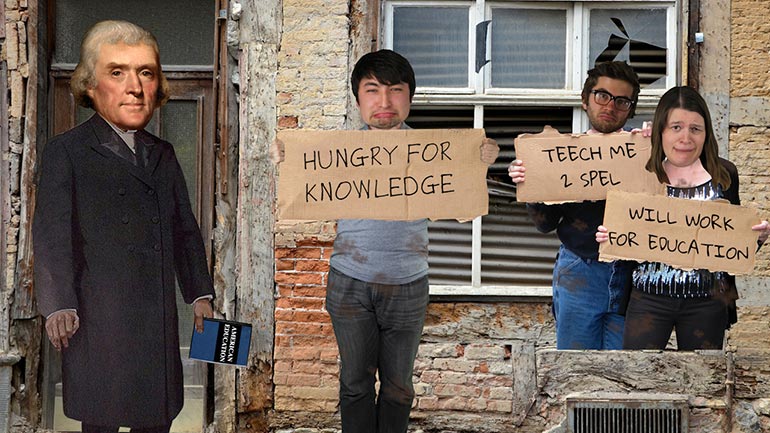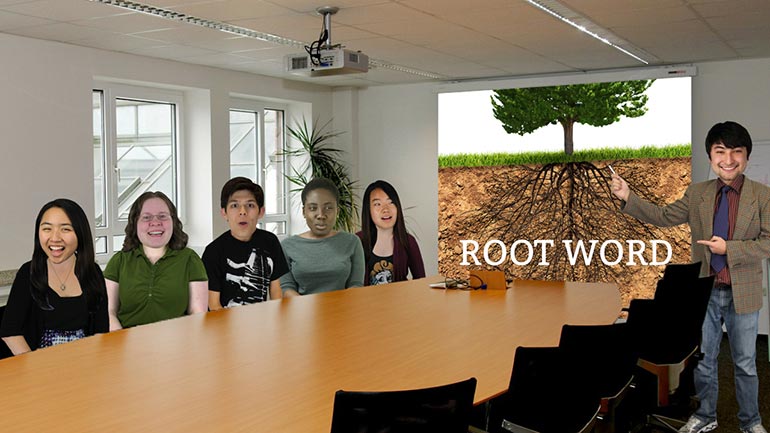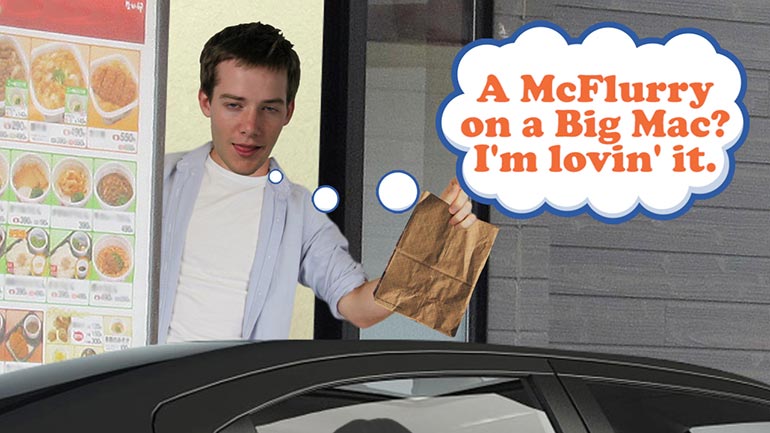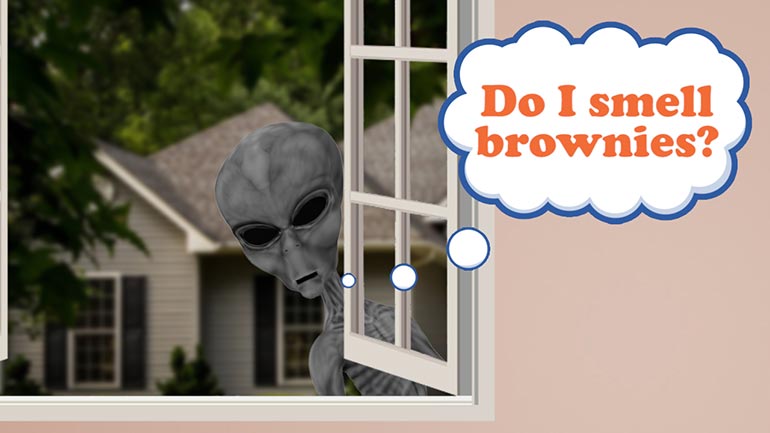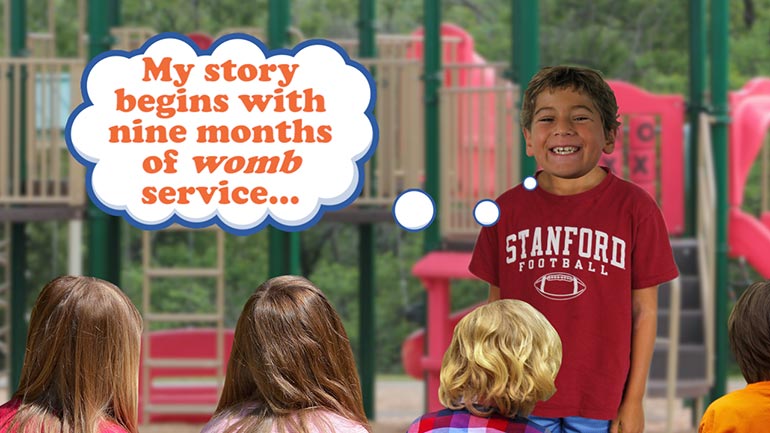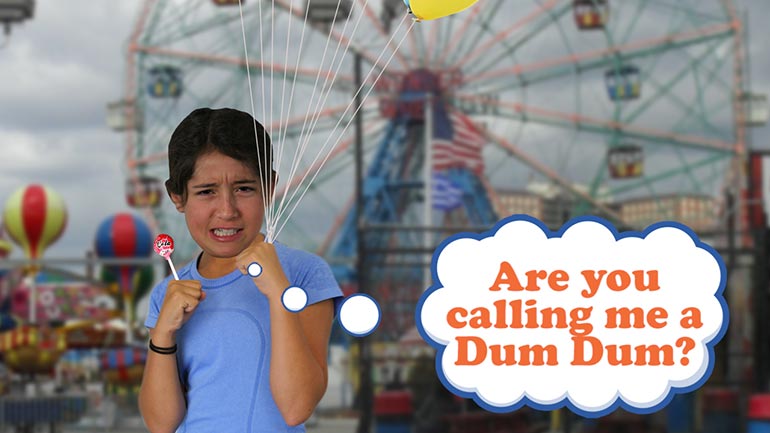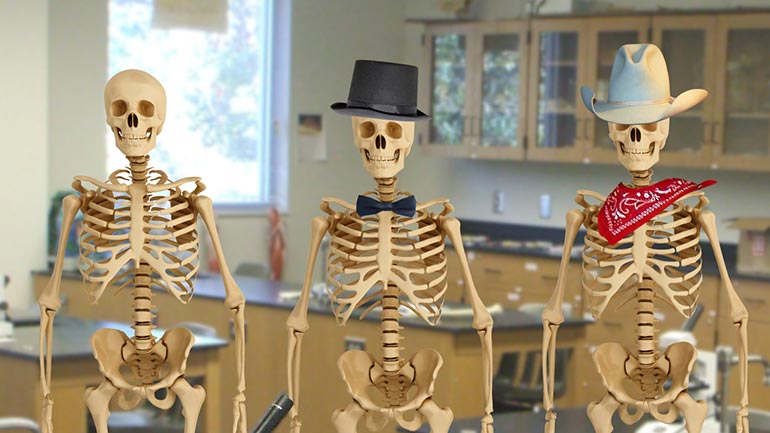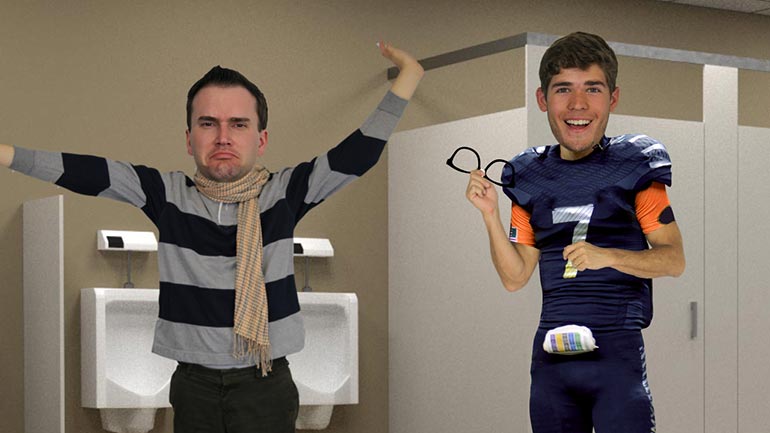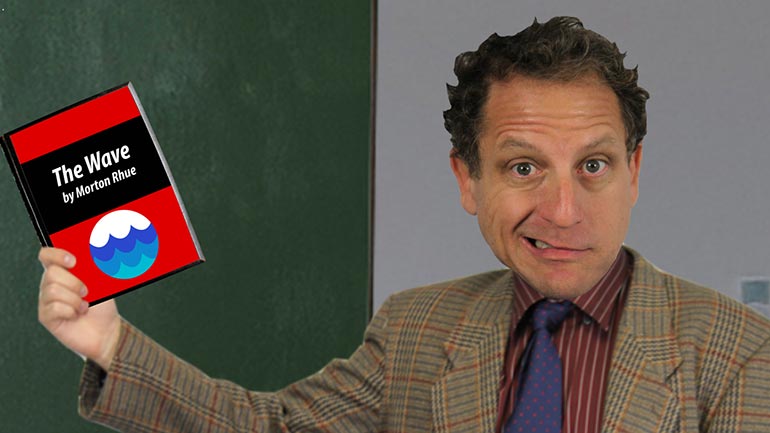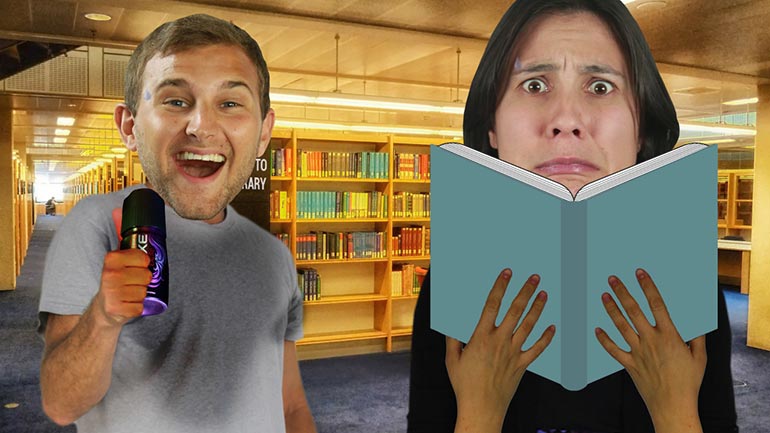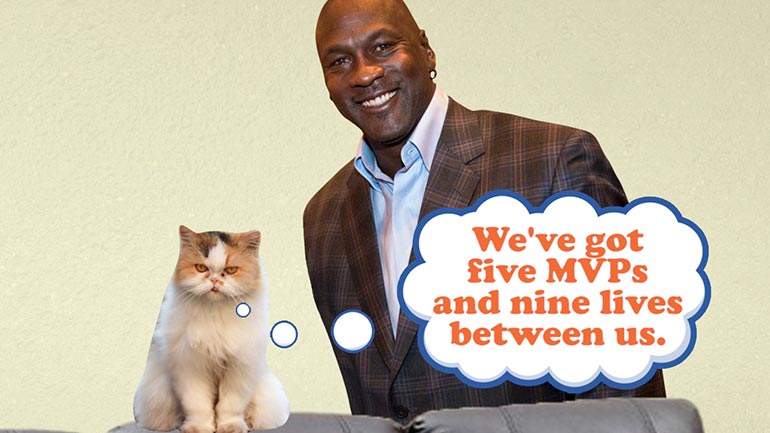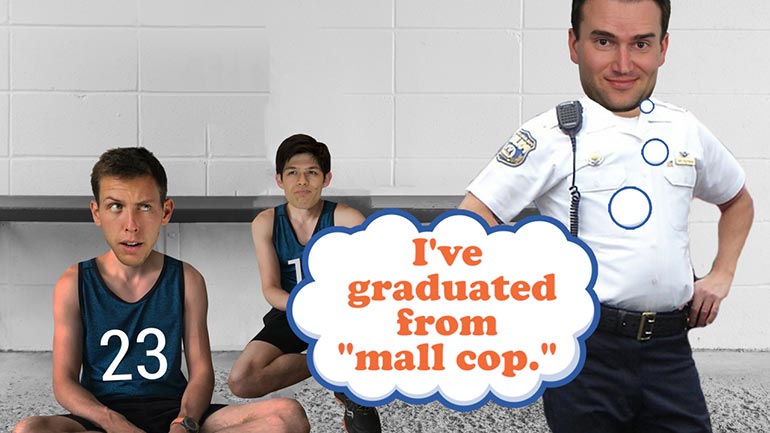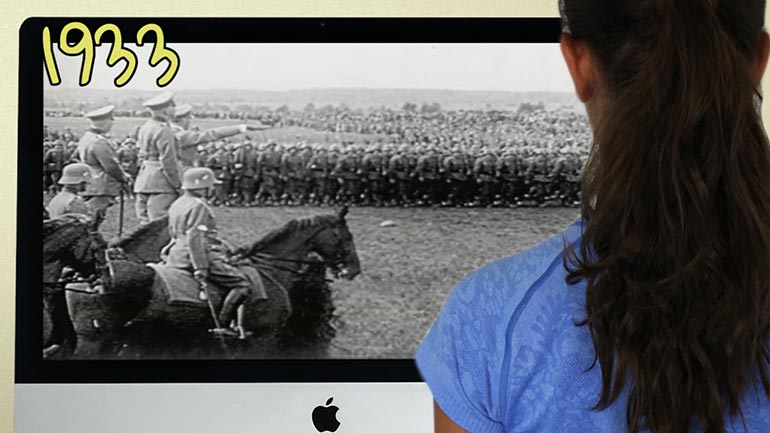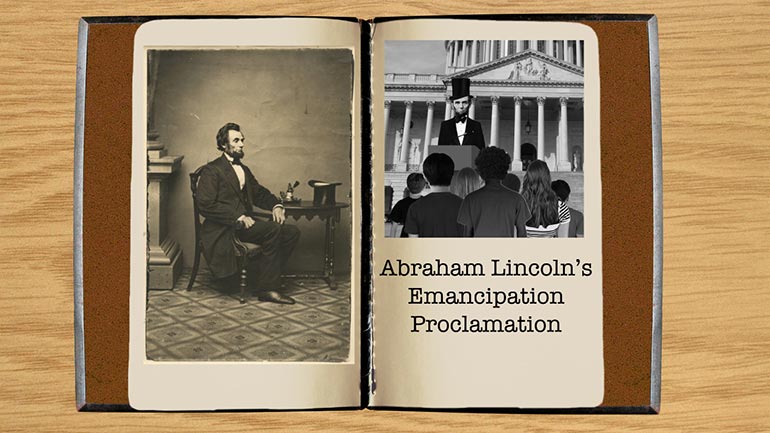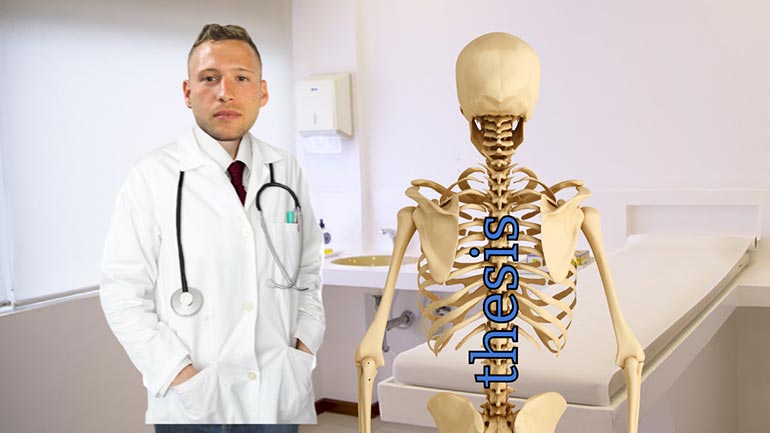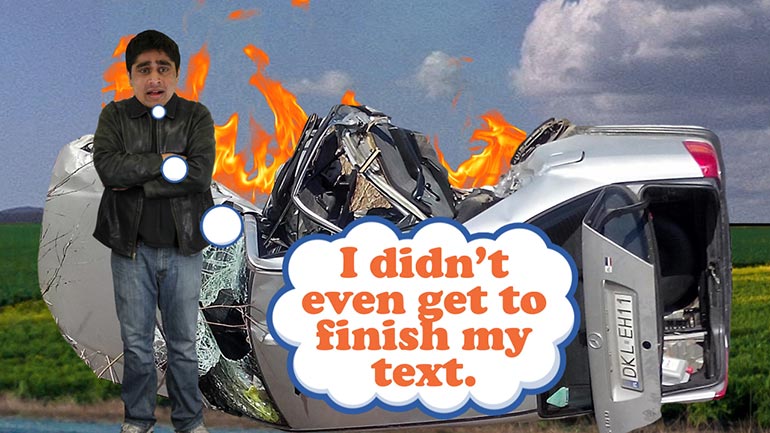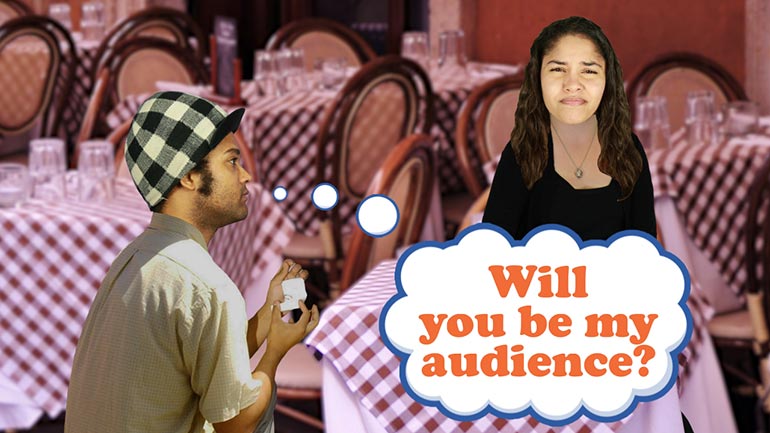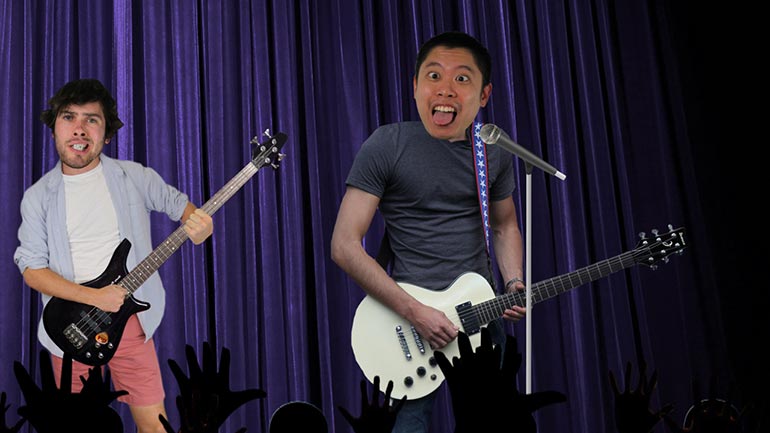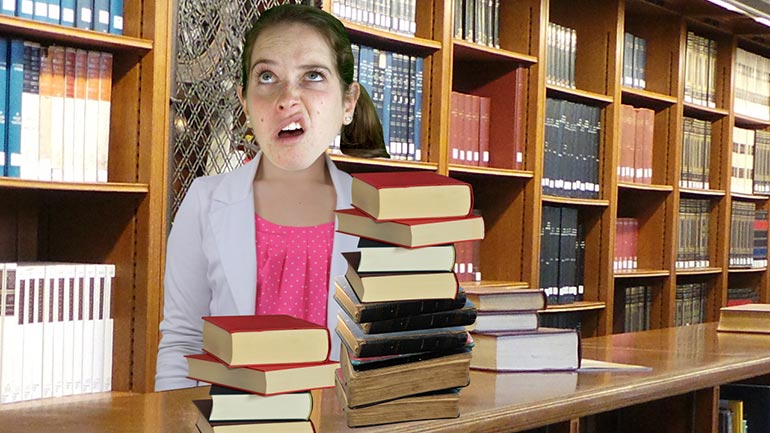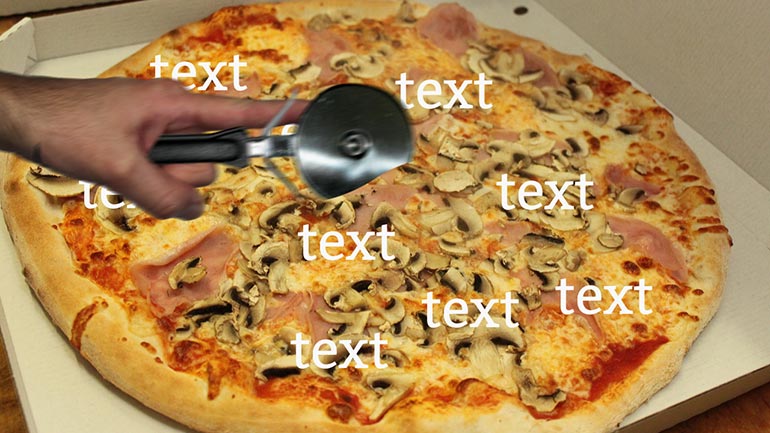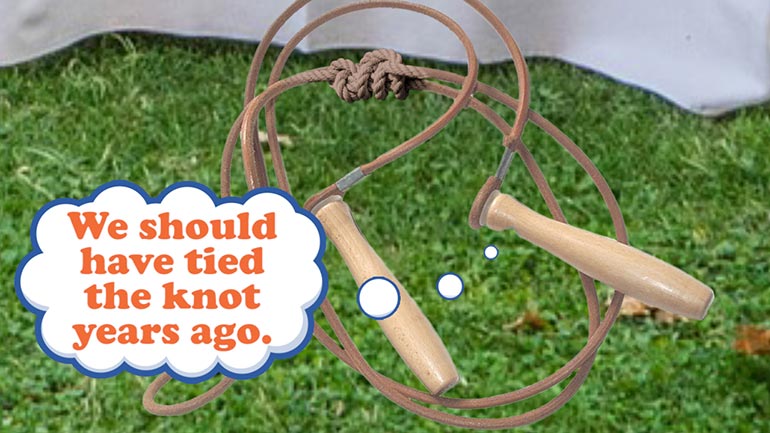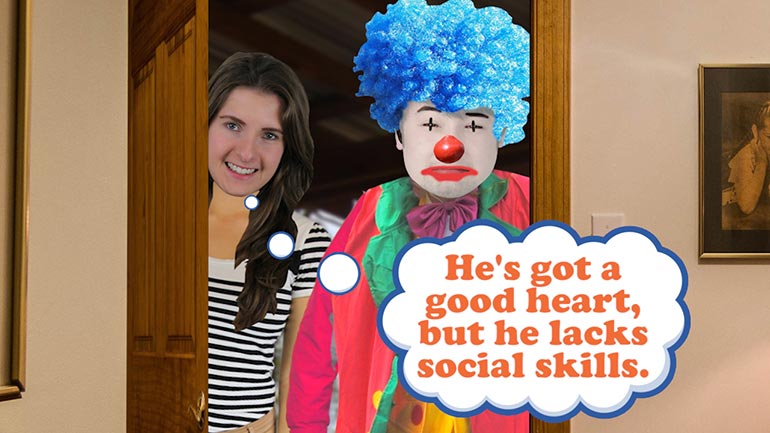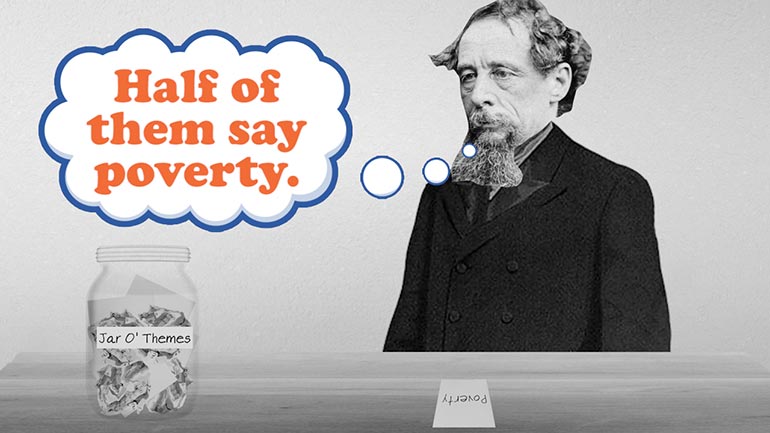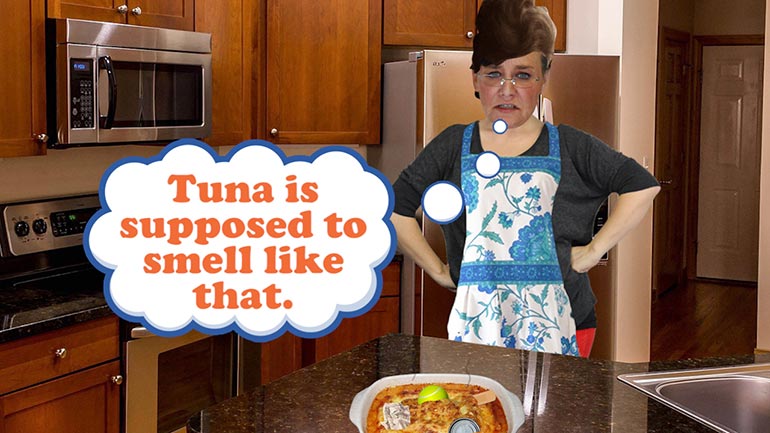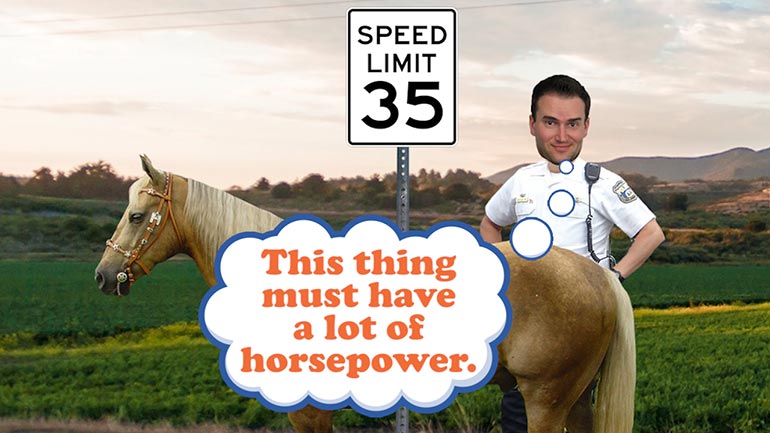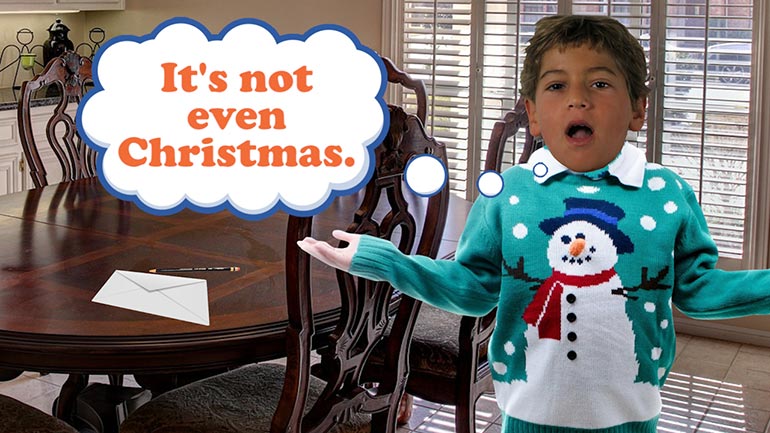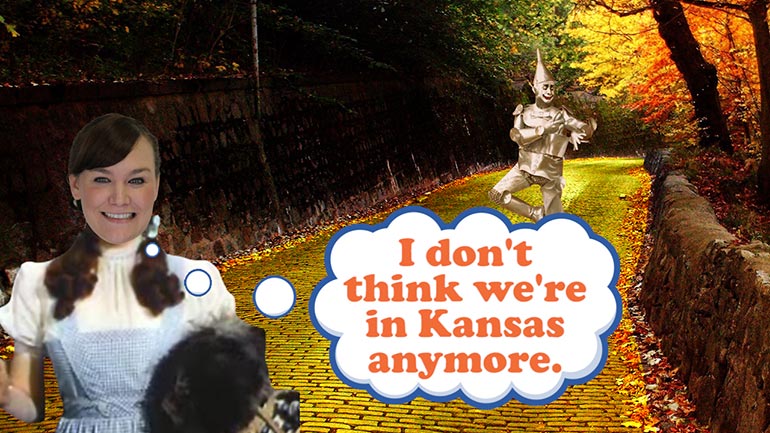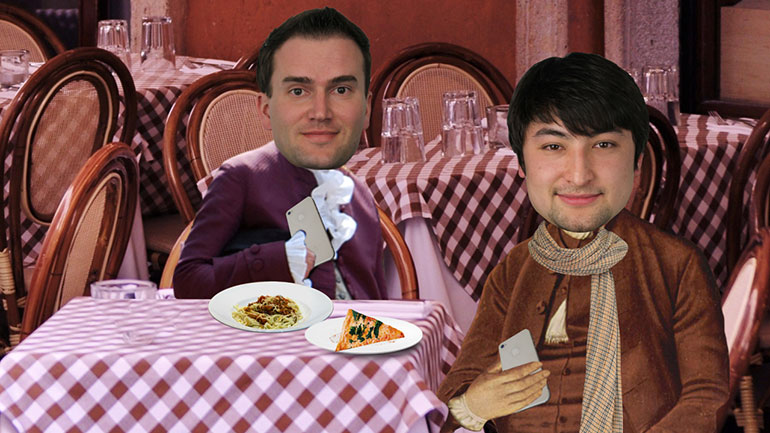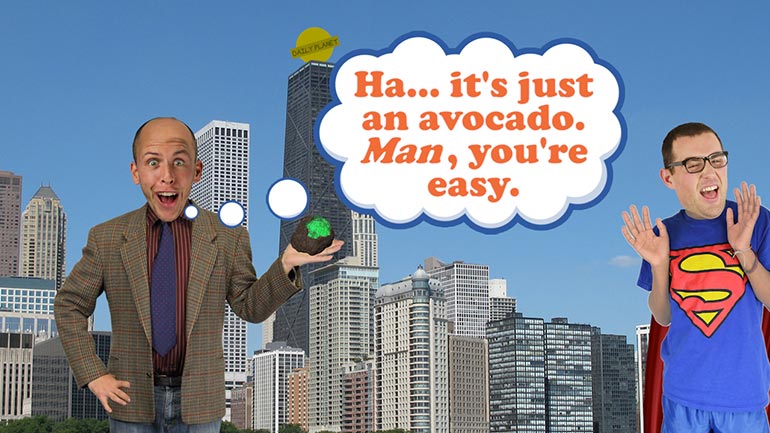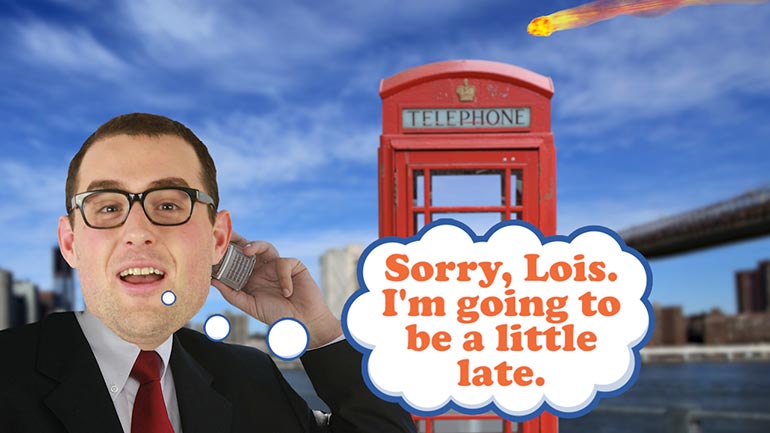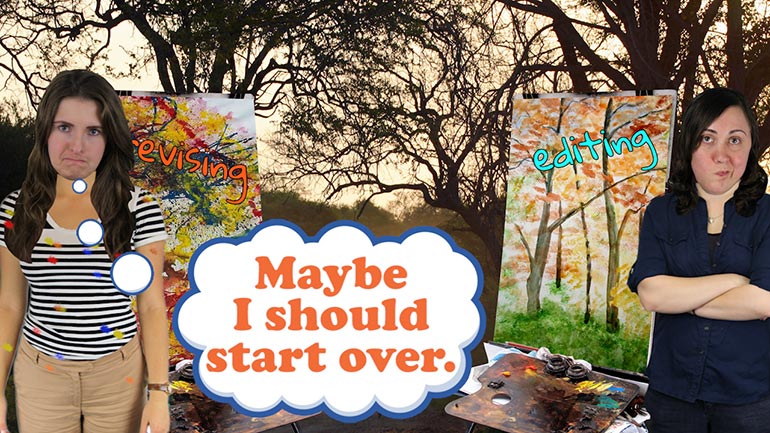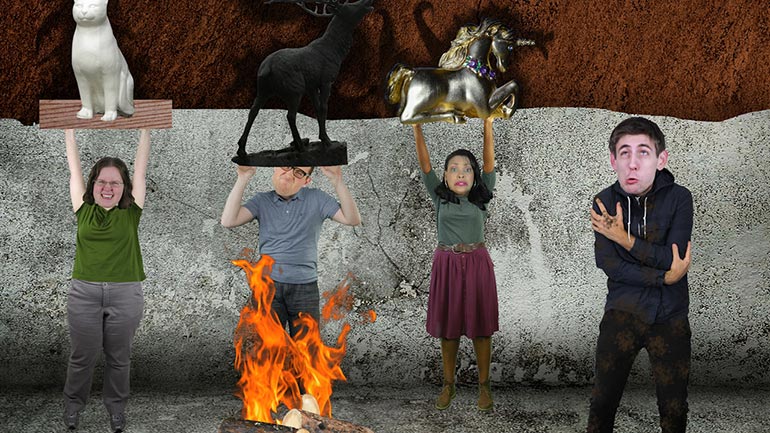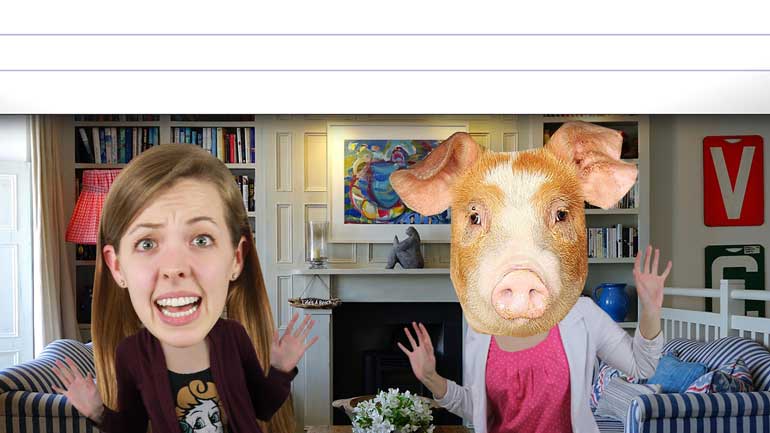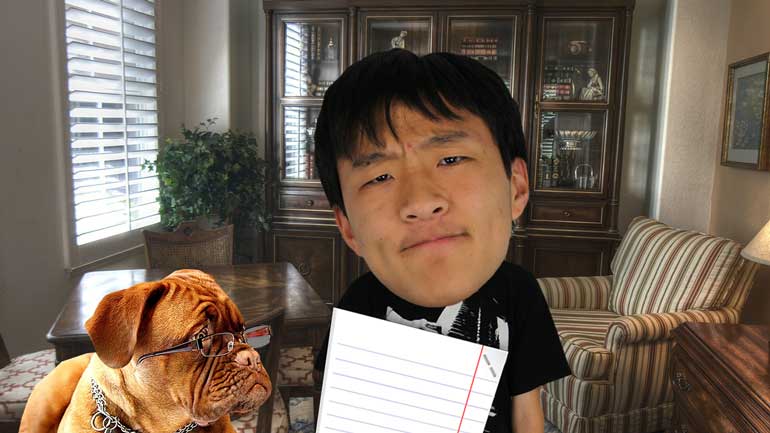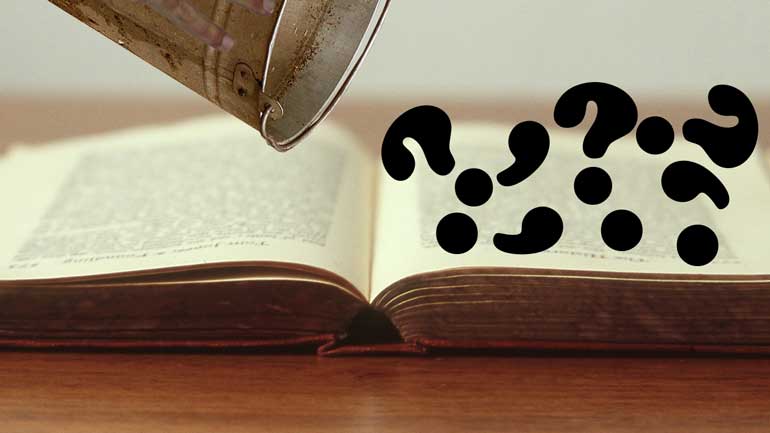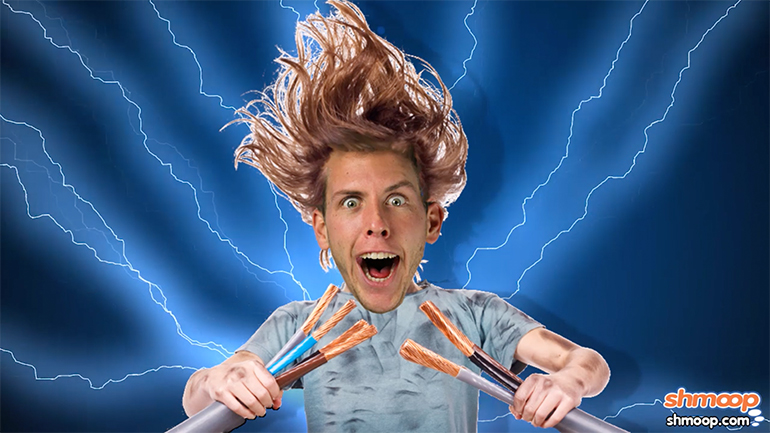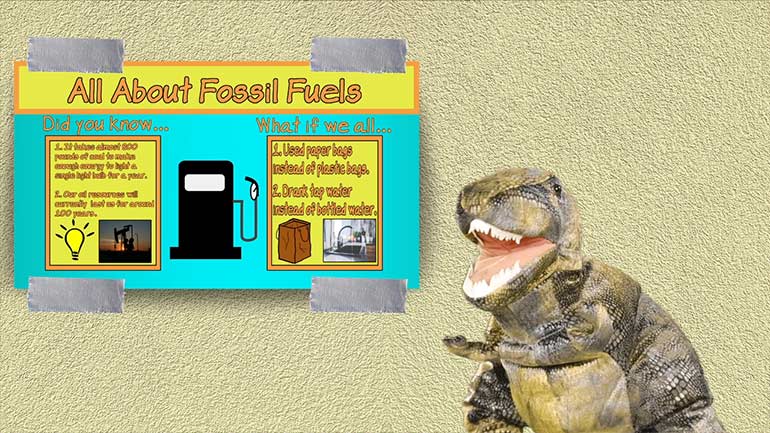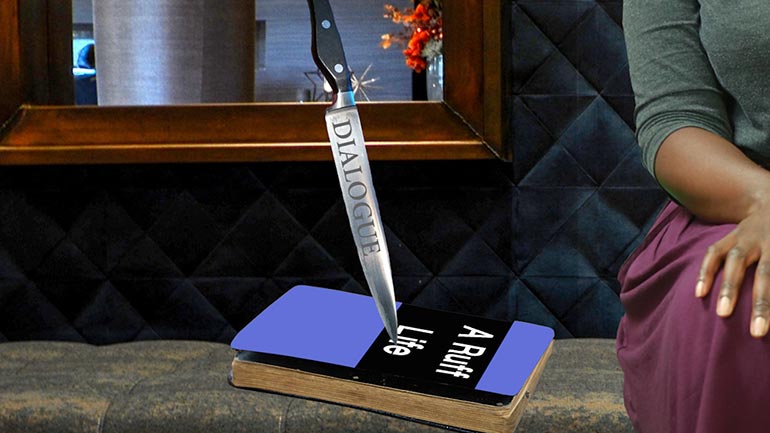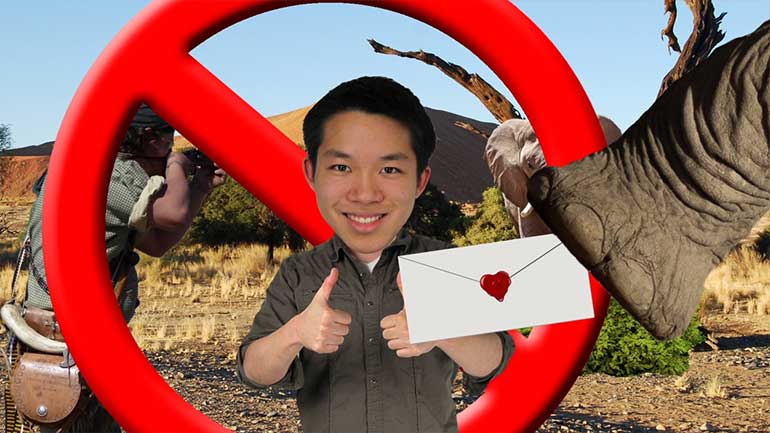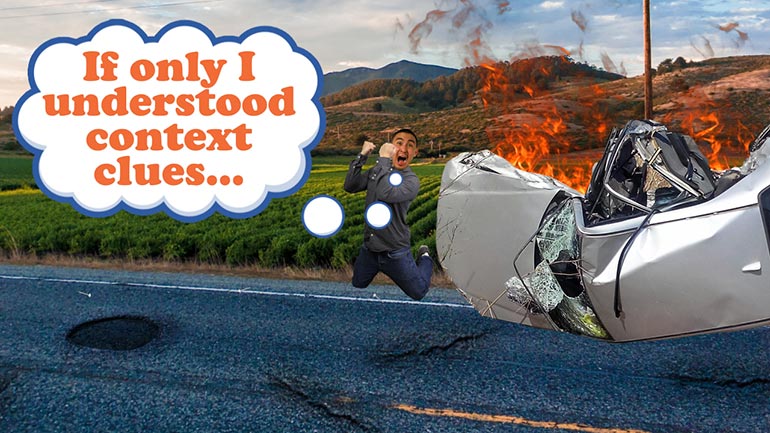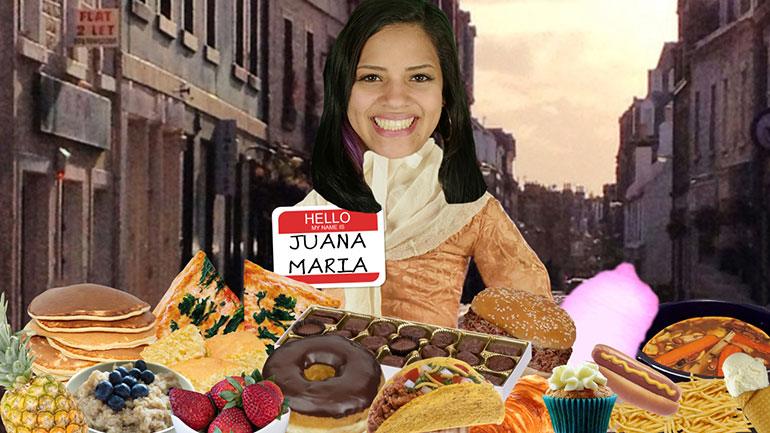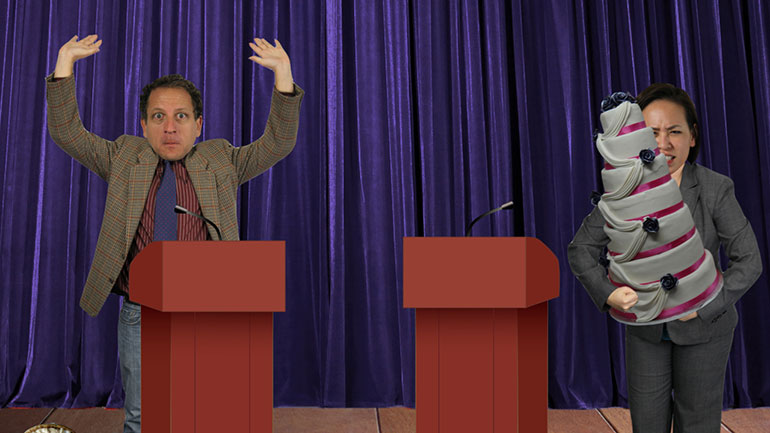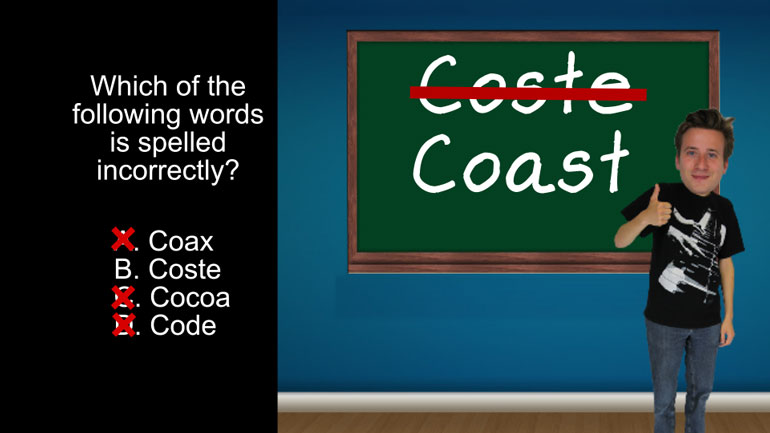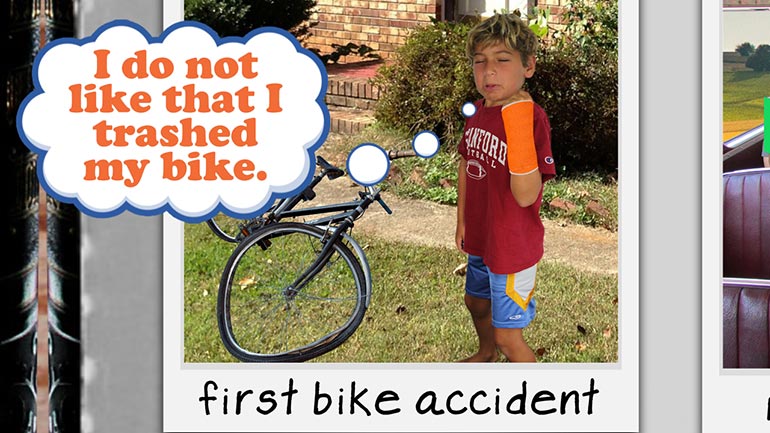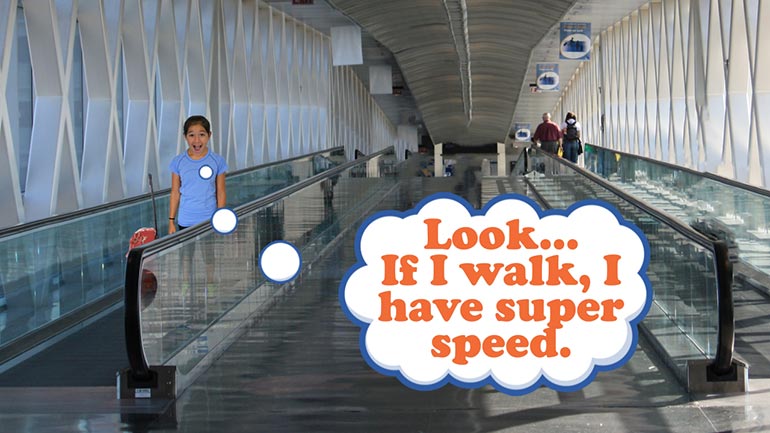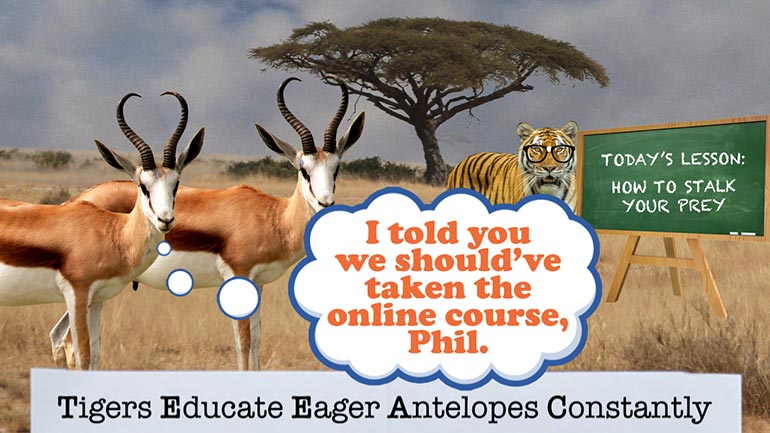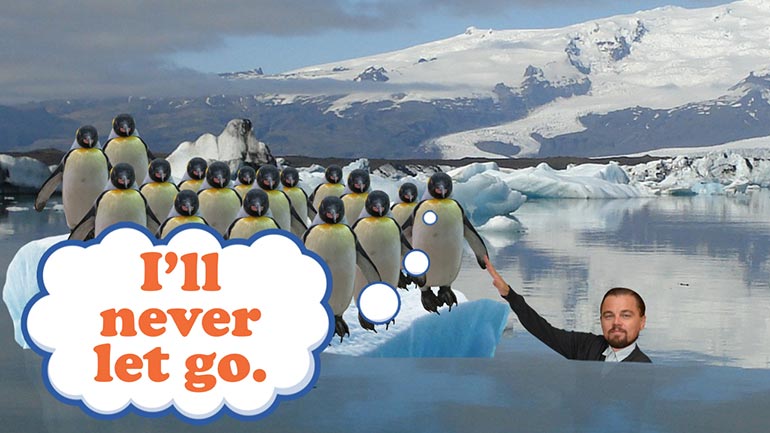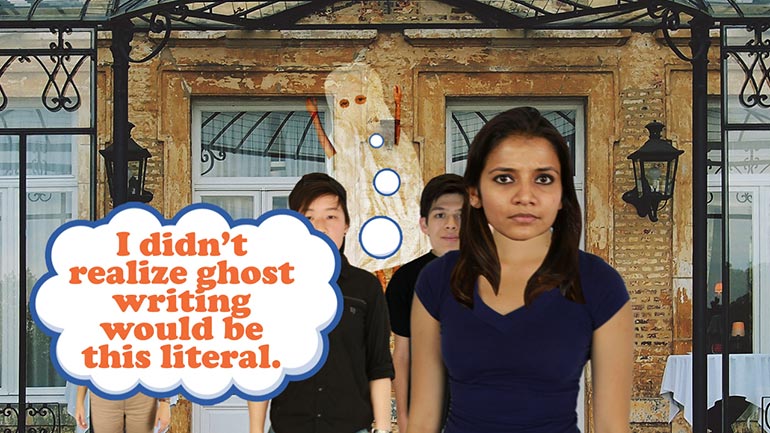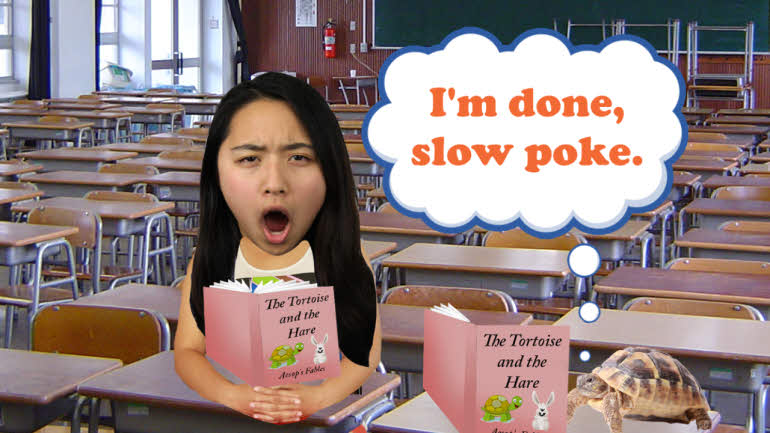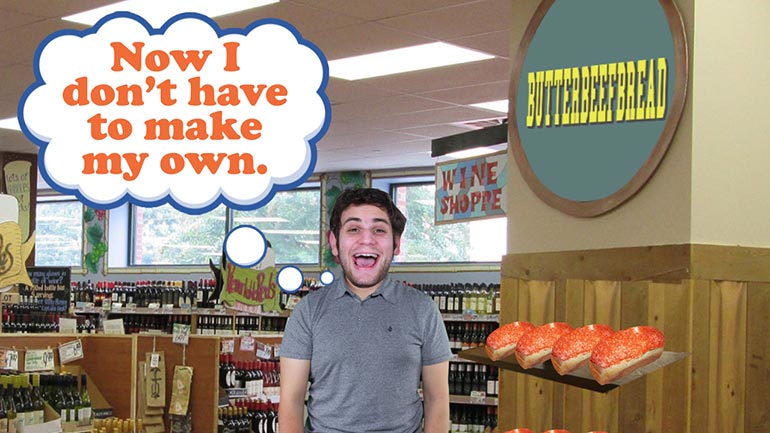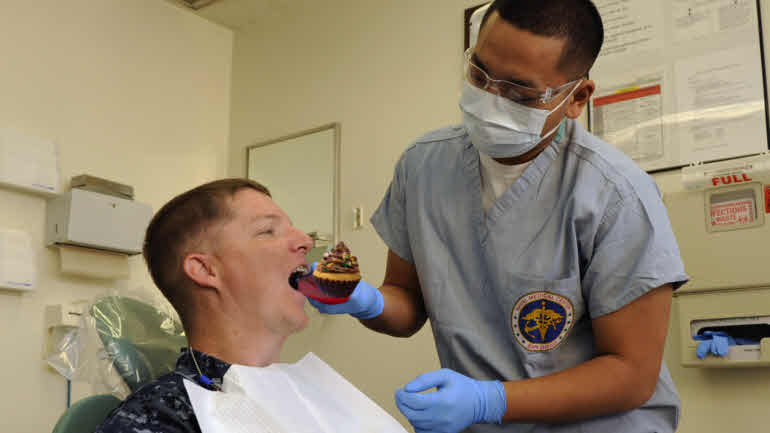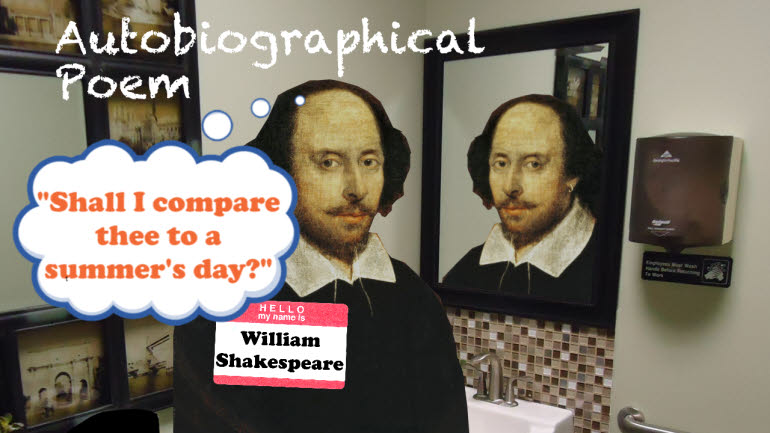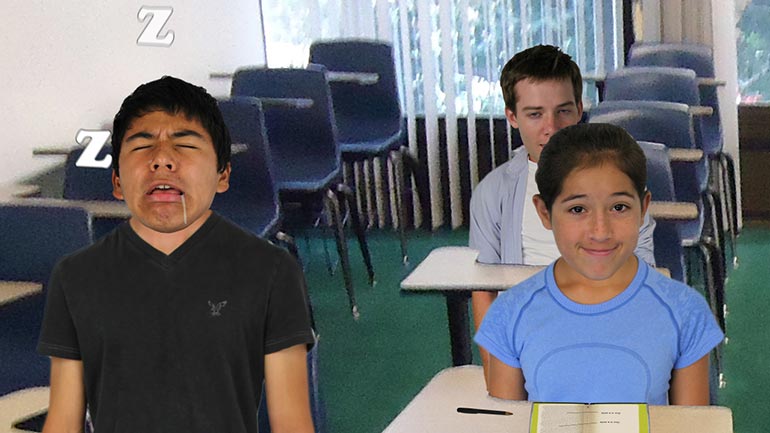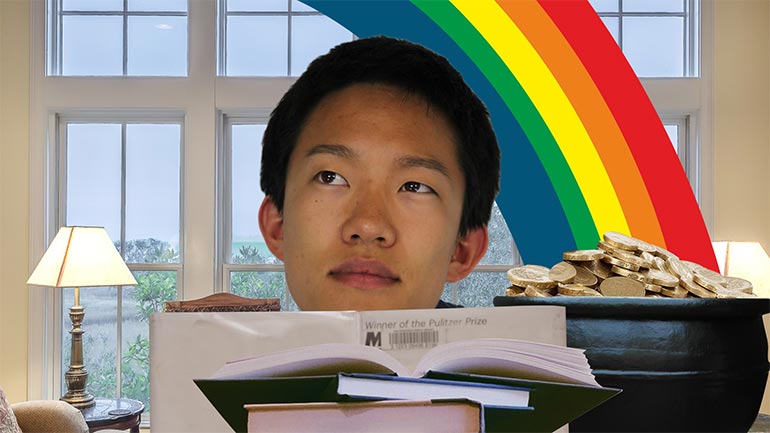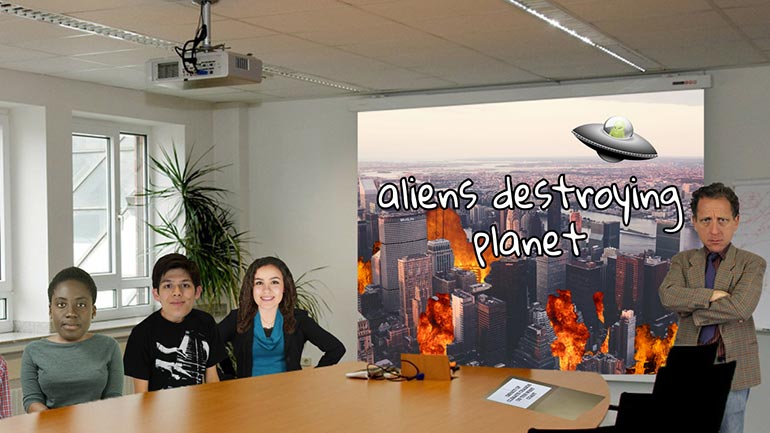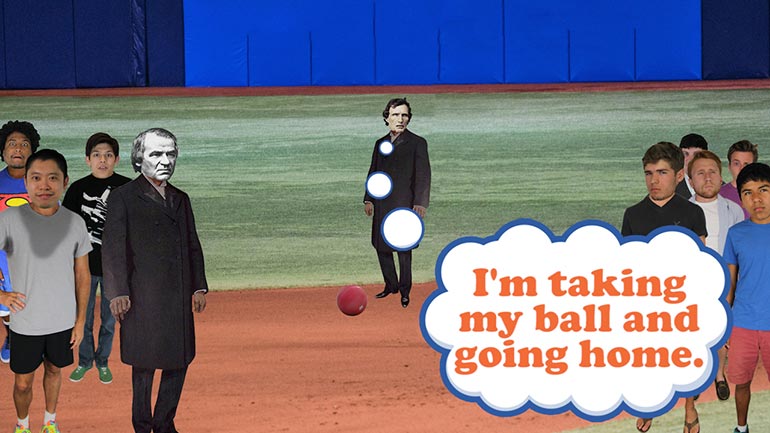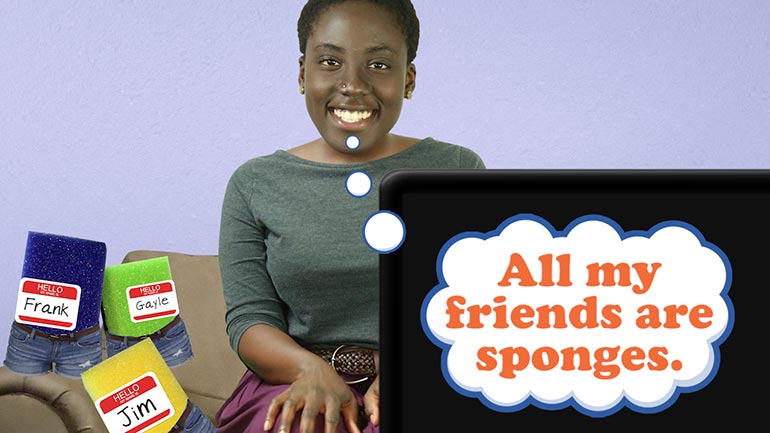ShmoopTube
Where Monty Python meets your 10th grade teacher.
Search Thousands of Shmoop Videos
Language Arts Videos 106 videos
Picking a theme for a party is pretty easy—always go karate party, because they come with nunchuck egg rolls. Themes in writing are a little diff...
Calling a book “non-fiction” is a bit like saying you have a dog. Sure it covers the basics, but there's a big difference between a Doberman an...
ELA Drills, Advanced: Punctuation 4. Which of the words is spelled correctly?
ELA 5: Main Idea and Supporting Details 1156 Views
Share It!
Description:
It's important that main ideas in text have supportive details to go along them. It makes for much more convincing writing, plus main ideas tend to be a little emotionally fragile. They need all the support they can get.
Transcript
- 00:13
We’re just taking a wild guess here, but when you read something, you probably like [Woman reading]
- 00:17
to, uh… understand what you’re reading, right?
- 00:20
Well… easier said than done. Especially with non-fiction.
- 00:23
There is sometimes a lot to understand. [Woman sat on a doctor's bed]
- 00:26
But one thing you should definitely understand is the relationship between the main idea and
Full Transcript
- 00:31
the supporting details. Once you’ve got that part figured out, the rest is a piece
- 00:35
of cake. Or…easy as pie. Or…simple as salmon mousse. Something like that. [Pictures of the food appearing]
- 00:40
The main idea is always the most important idea of the text. It's what the reading's [Coop pointing at a blackboard]
- 00:44
about. Like… if a friend were to ask you, “Hey, what’s The Sleeping Habits of Sloths
- 00:48
about?” your answer would be...whatever the main idea of that book is.
- 00:52
Probably something sloth-related, if we had to guess. [Two people watching a sloth on TV]
- 00:55
The main idea shouldn't be a mystery, and there are always plenty of clues to help you figure it out. [Dino pointing at a blackboard]
- 01:00
The reading's title, headings, and/or pictures should give you a good idea.
- 01:04
Even though the main text is the most important part of the text,
- 01:07
the supporting details are a pretty big deal in their own right.
- 01:10
They explain and give more information about the main idea.
- 01:13
It's all well and good to have a nice and shiny main idea, but without any proof or [Guy holding a protest sign is hit by snowballs]
- 01:17
evidence, no one's going to be too convinced.
- 01:19
On the other hand, if that main idea is held up by a bunch of supporting details, it'll [Guy protesting is carried by 3 people]
- 01:24
stand a much better chance of surviving an earthquake.
- 01:27
Or…a skeptical reader.
- 01:29
Example time! Say we're assigned a reading from one of our textbooks. [Girl in class has a book put on her desk]
- 01:32
Before even reading it, we can flip through the reading, taking a gander at the title, [Dino pointing at a blackboard]
- 01:36
headings, and pictures. The title is "Abraham Lincoln: America's Greatest President," and
- 01:41
there are always a bunch of pictures of Honest Abe.
- 01:43
It’s pretty likely that this reading is not only about Abraham Lincoln, [Book full of pictures of Abraham Lincoln]
- 01:47
but also why he was the best president.
- 01:49
So the main idea of the reading is probably: "Abraham Lincoln was the greatest president."
- 01:53
Now, the supporting evidence. This will take some actual reading, but based on the main [Girl reading the book in a library]
- 01:57
idea, it'll probably be evidence that Lincoln was… a great president.
- 02:01
Yeah…we actually used to have those.
- 02:03
Maybe the reading will reference Abe’s issuing of the Emancipation Proclamation, or his great
- 02:07
speeches, or his strong moral character, or his awesome taste in flatware.
- 02:12
As long as the detail shows why Lincoln was a great president…so… [Table full of flatware]
- 02:15
probably not the flatware thing… it's fair game. [Stop sign appears]
- 02:18
Once we understand the relationship between a main idea and the supporting details, reading [A sailboat on the sea]
- 02:22
non-fiction is a breeze. And we can reward ourselves with cake. Or pie. Or salmon mousse. [Pictures of the food appearing]
- 02:28
Or Pepto-Bismol. [Guy holding containers of Pesto-Bismol]
Related Videos
Check out the best bias video ever made, courtesy of the most awesome and amazing educational website in existence.
No, this isn't a terrible new mint-peach bubble gum flavor...though it does tend to leave a bad taste in people's mouths.
Those settlers in Jamestown really should have settled down with all that land-stealing. Tobacco's bad for you anyway.
Being born out of multiple wars doesn't quite seem to fit the peaceful, polite Canadians we know and love today...oh wait, they were called The Bea...
Not every cartoon is meant to entertain small children while their mother gets some "Mommy time." There are also political cartoons, which are mean...
